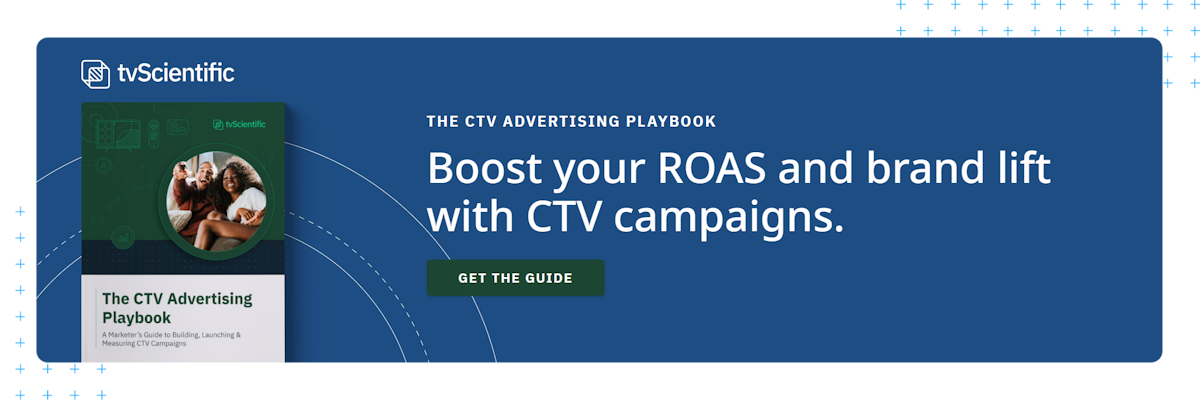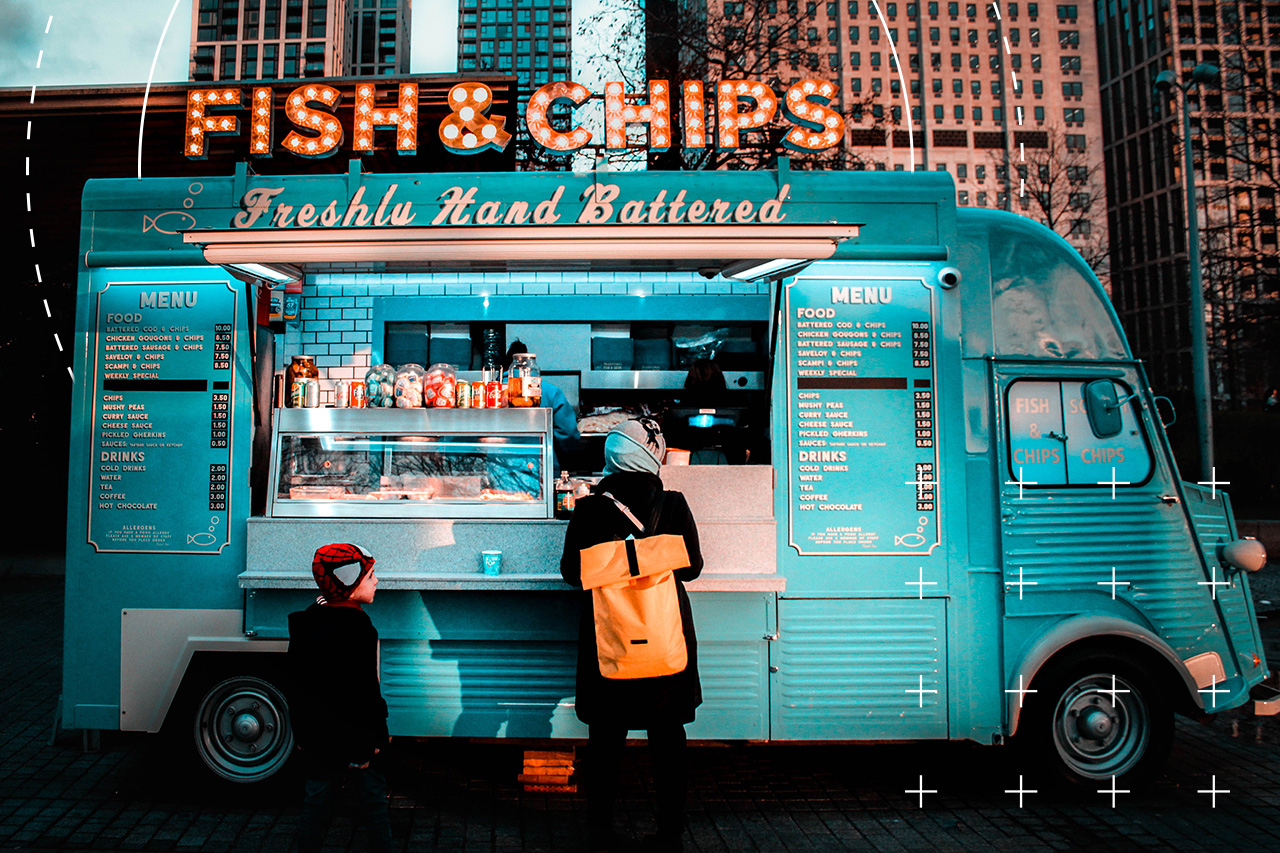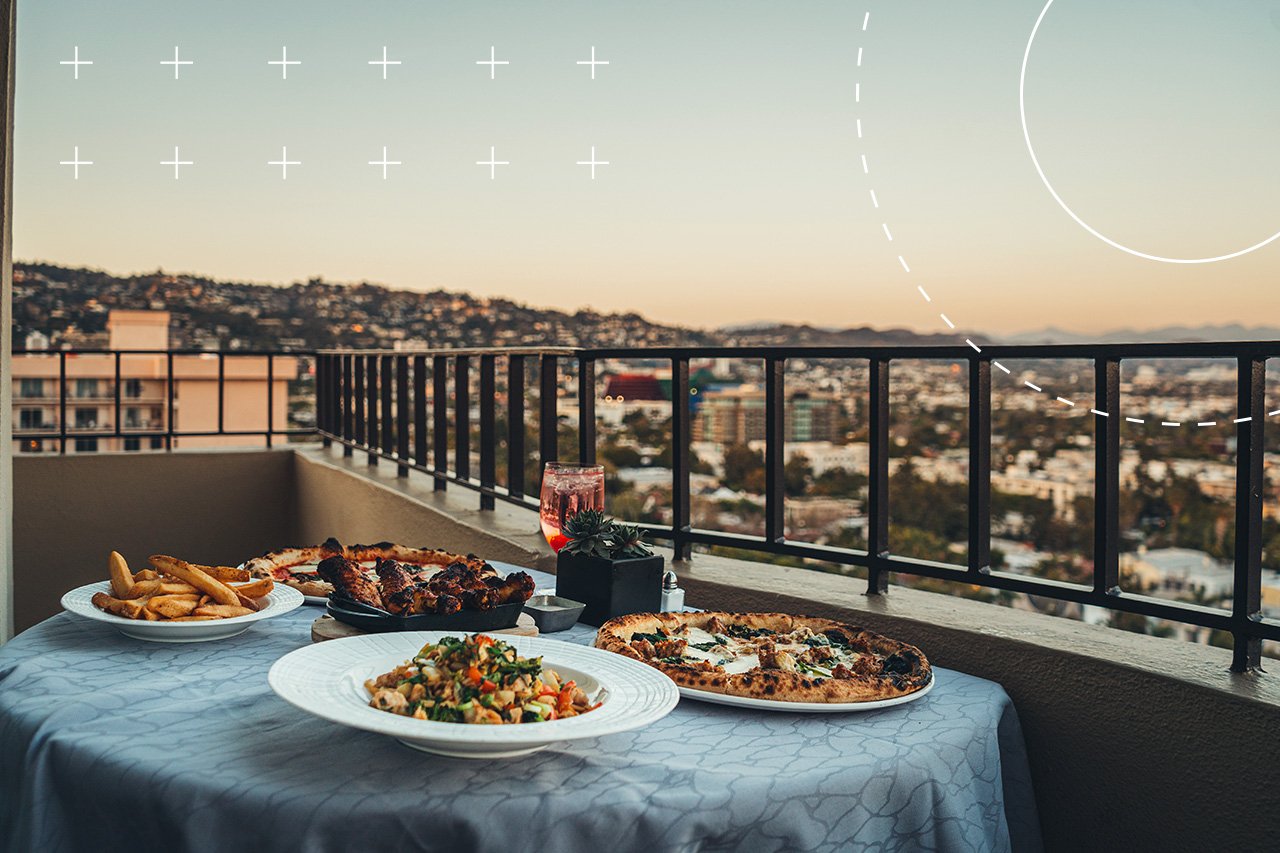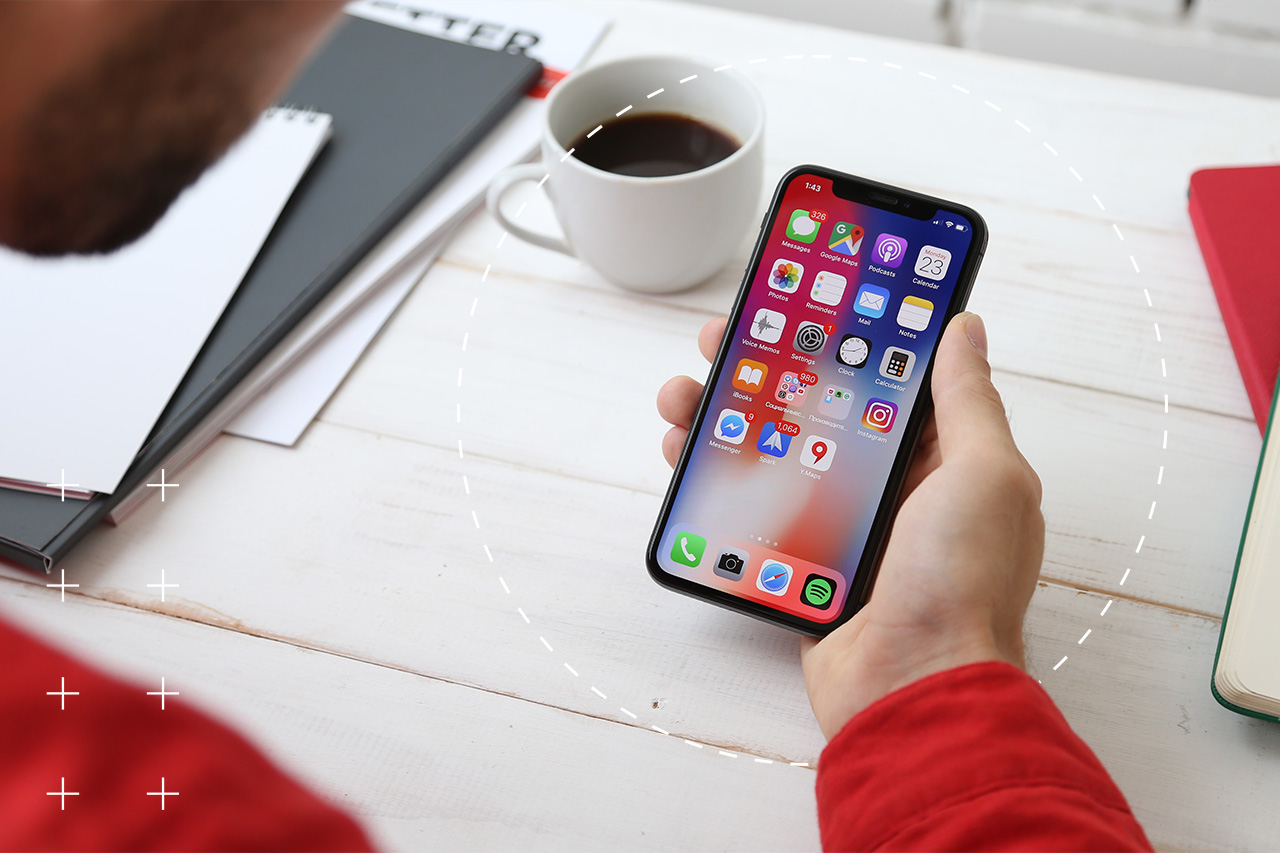Discover top event marketing strategies for the food and beverage industry and elevate your brand with strategic insights.
For companies in the food and beverage industry, a strong event marketing strategy is vital for success. From crafting precise plans aligned with strategic business objectives to optimizing post-event opportunities for conversions, we’ll explore the essentials in this blog.
Join us in understanding how strategic event marketing can elevate your brand as we delve into the intricacies of aligning business goals with the perfect event type, utilizing effective marketing tactics, and employing templates and tools for flawless execution.
Craft a Comprehensive Event Marketing Plan
Crafting a comprehensive event marketing plan can be the secret sauce for creating unforgettable experiences for your target audience. Whether you're launching a new menu, celebrating an anniversary milestone, or simply inviting patrons to savor your specials, a well-thought-out strategy can elevate your event from a gathering to a sensation.
Align Your Event With Business Goals
At the heart of any successful event is a clear understanding of your business goals. Begin by defining what you want to achieve — is it heightened brand awareness, increased sales, or the introduction of a new product? Align these objectives with the type of event you're planning. A product launch might demand a different approach than a themed culinary night. Knowing your goals sets the stage for a purposeful event, be it a virtual event, a trade show, or even a pop-up.
Utilize Effective Marketing Tactics
Enter the digital marketing realm armed with effective marketing tactics. Social media platforms like LinkedIn are your ally for driving event promotion efforts and boosting event registrations. Employ targeted social media marketing to create pre-event buzz and bring potential event attendees to your online event page. Leverage influencers in the food and beverage space to amplify your message and reach potential attendees organically. A well-crafted hashtag can spark conversations and extend the life of your live event across platforms while boosting search engine results.
Execute With Templates
In event planning the devil is in the details, so meticulous execution is paramount. Utilize marketing tools and templates for timelines, checklists, and promotional materials, especially if you don’t have access to specialized event planners. Event management tools can streamline processes and ensure nothing is overlooked in your marketing campaign. A captivating event website serves as a centralized hub for information, featuring an enticing call to action (CTA) for early bird registrations. A thoughtfully designed landing page sets the tone, driving potential attendees to secure their spot. Consistently sharing this link across all marketing channels, press releases, content marketing efforts, and email campaigns ensures a boost in event attendee lead generation.
Incorporate Real-Time Elements
While the digital landscape offers immense opportunities, don't underestimate the power of in-person engagement. Real-time interactions during in-person events, whether it's a tasting session or a live cooking demonstration, create lasting impressions. Consider integrating webinars and seminars that allow your audience to connect with your brand in a virtual space. The combination of real-time and virtual elements widens your touchpoints and caters to diverse preferences.
Align Pricing With Perceived Value
Pricing is a delicate dance between affordability and perceived value. Understanding your demographic helps set a price that reflects the quality of the experience. Consider using early bird incentives to boost ticket sales by creating a sense of urgency. Think about strong partnerships or sponsorships to offset costs and enhance the overall event experience. This strategic alignment ensures your event is accessible yet maintains an air of exclusivity.
Engage Your Target Audience Through Diverse Channels
Using events to engage your target audience in the food and beverage industry is about creating an immersive experience that resonates long before the event starts and lingers in the minds of attendees.
Understand and Target Your Demographic
The first step in engaging your audience is understanding them. Identify your target demographic’s preferences, behaviors, and online habits. Social media platforms, especially Instagram, Facebook, and LinkedIn can provide valuable insights. Craft content tailored to your audience, whether it's visually appealing images on Instagram or informative posts on Facebook. A deep understanding of your demographic sets the stage for targeted engagement.
The Power of Social Media and Influencers
Social media is a powerful tool and a playground for direct consumer engagement. Implement a robust social media marketing strategy that uses platforms aligning with your audience's preferences. Harness social media influencers in the food and beverage industry and influence potential attendees to sign up. Collaborations with influencers can exponentially increase your reach by tapping into their followers and creating a buzz that extends far beyond your immediate network.
Create FOMO
Fear of Missing Out (FOMO) is a potent force in the age of digital connectivity. Craft a unique event hashtag that captures the exciting essence of your gathering. Encourage attendees to use the hashtag in their posts to create a virtual community around your event. Share real-time content like behind-the-scenes glimpses, live updates, and sneak peeks to generate excitement. FOMO becomes a powerful tool, driving engagement and increasing the perceived value of your event.
Incorporate Real-Time and Virtual Touchpoints
Engagement isn’t confined to the physical event space. Blend in-person experiences with virtual touchpoints. Host live streaming sessions, webinars, or seminars, allowing your audience to connect with your brand in real time, wherever they are. The synergy of real-time and virtual experiences widens your reach and ensures that everyone, from local patrons to global enthusiasts, feels part of the celebration.
Drive Engagement With User-Generated Content
Turn your attendees into ambassadors by encouraging user-generated content. Whether it's photos, reviews, or testimonials, user-generated content adds authenticity and builds a sense of community. Feature this content on your event website, social media pages, and follow-up emails — and don’t forget the hashtag. This fosters engagement and extends the lifespan of your event across digital platforms, creating a lasting connection with your audience.
Strategic Partnerships and Sponsorships
Engagement flourishes in collaboration. Forge strategic partnerships with like-minded brands or local businesses. Sponsorships contribute to the overall event experience and widen your reach. Collaborate on giveaways, exclusive offers, or co-hosted events to tap into each other's networks and create a win-win scenario.

Maximize Post-Event Opportunities for Conversions
The curtain falls on your event, the last dish devoured, and the music fades away. But, the party doesn't end; it evolves. The post-event glow is the time to leverage your momentum, turning the results into a springboard for lasting connections and conversions.
Implement a Robust Follow-Up Strategy
The key to post-event success lies in a robust follow-up strategy. Use the power of email marketing to reach attendees with personalized messages to express gratitude for their participation, share highlights from the event, and provide a call to action (CTA) that directs them to your next event, a new product launch, or a special offer. Timeliness is crucial, so strike while the excitement is fresh.
Analyze Metrics and Key Performance Indicators (KPIs)
Numbers tell a story, and in the post-event phase, they reveal the impact of your efforts. Dive into metrics and KPIs to assess the success of your event. Evaluate ticket sales, social media engagement, website traffic, and conversion rates. Analyzing these metrics provides insights into what worked and what can be refined for future events. This data-driven approach is the compass guiding your future marketing endeavors.
Use User-Generated Content for Prolonged Engagement
The event may be over, but the memories and content linger. User-generated content becomes a powerful tool in post-event engagement. Share photos, testimonials, and reviews on your social media platforms, event website, and future marketing materials. This extends the life of your event in the digital sphere and encourages a sense of community among attendees. User-generated content is a testament to the success of your event and serves as social proof for potential customers.
Continued Engagement on Social Media
Social media is a great tool for pre-event, in-event, and post-event messaging. Keep the conversation alive by sharing behind-the-scenes moments, interviews with culinary experts, or exclusive content from the event. Encourage attendees to share their experiences on social media — using the event hashtag, of course. Respond promptly to comments and messages to foster a sense of connection that extends beyond the event itself.
Refining Strategies for Continuous Improvement
The post-event analysis is about celebrating success and learning from challenges. Identify pain points, areas for improvement, and aspects that your audience loved and didn’t enjoy. Use this feedback loop to continually refine your event marketing strategy.
Clear the Table
From crafting a comprehensive event marketing plan that aligns with business goals to engaging diverse channels and maximizing post-event opportunities for conversions, the strategies in this blog will contribute to your event’s success. Remember, the party doesn't end, it evolves. Use the insights you gain to refine and optimize future events and keep the party going.
Embrace the power of TV advertising, and elevate your food and beverage marketing strategy to new heights with tvScientific.





